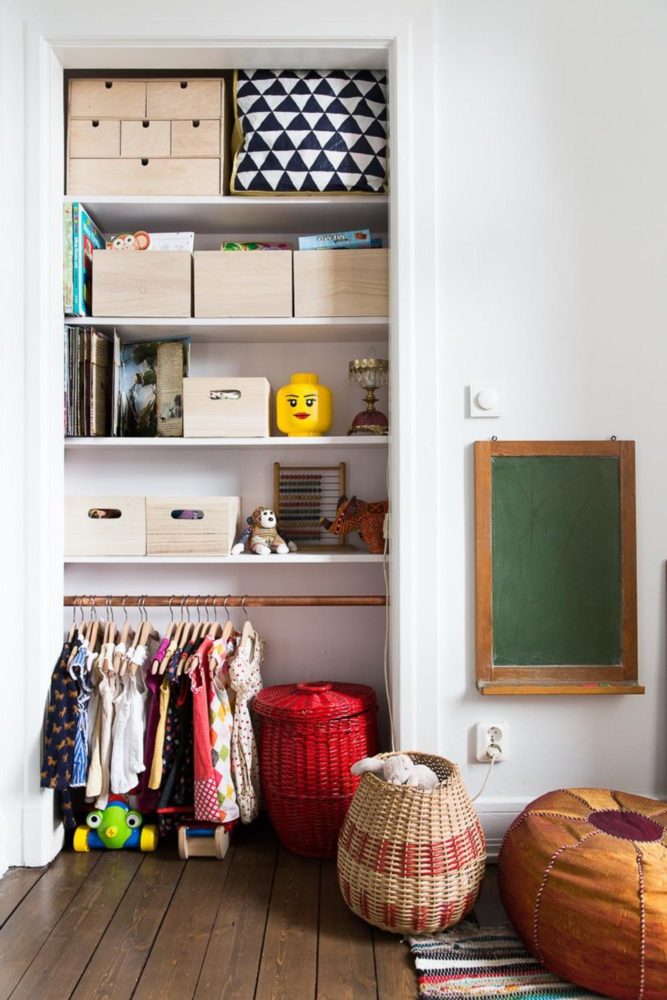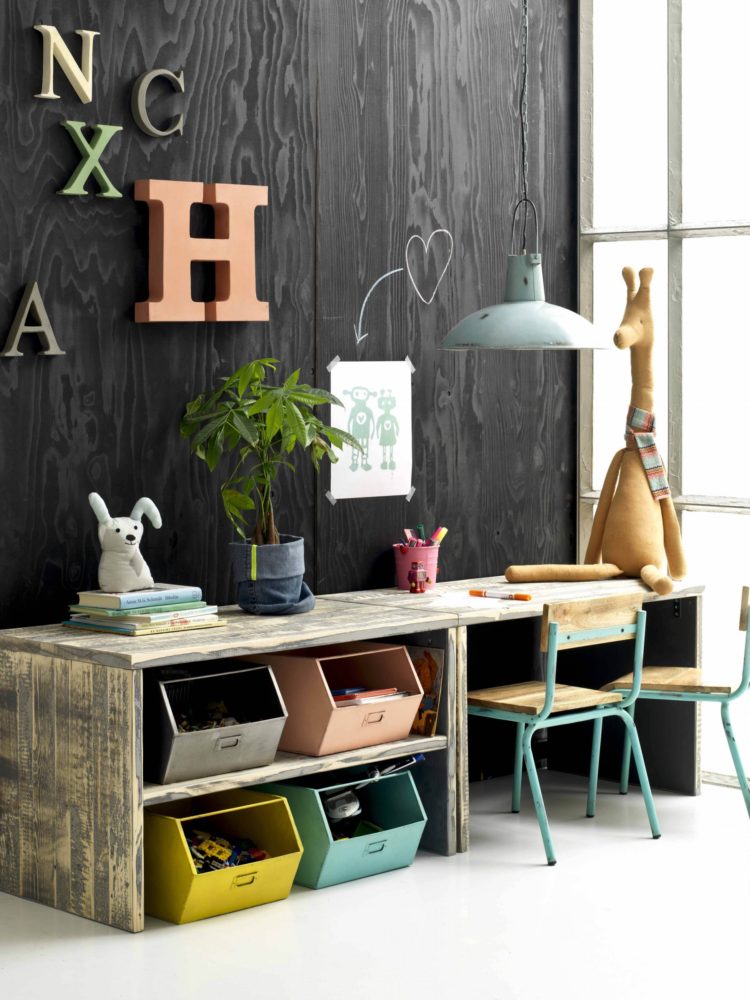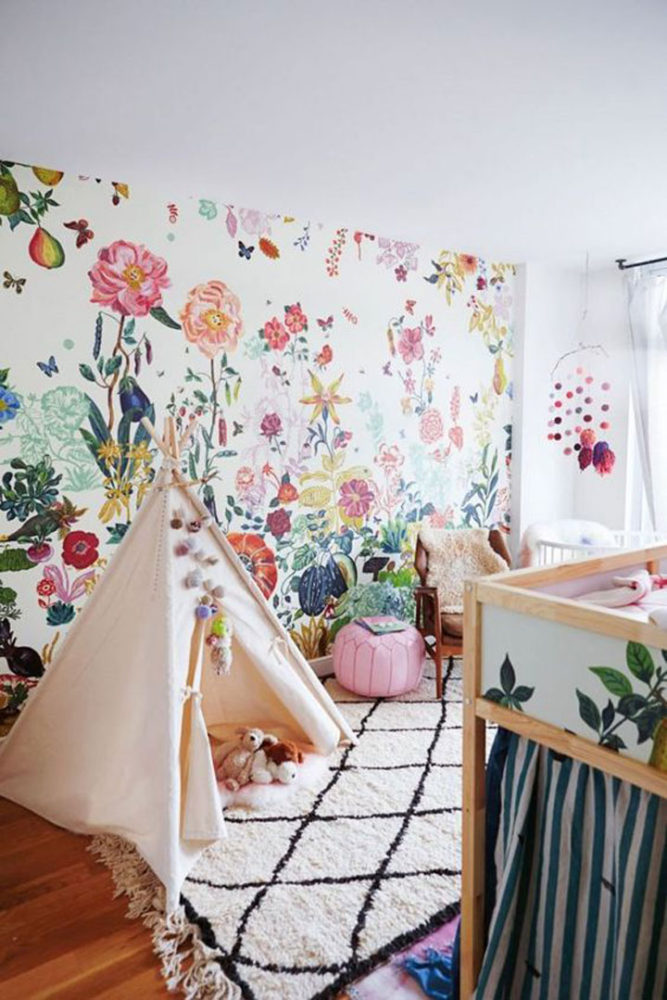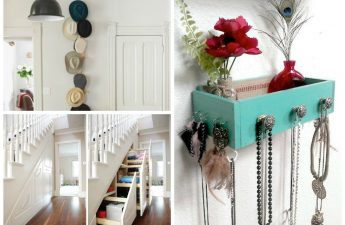Are your child's toys taking over the entire house?Want to get rid of the mess in the nursery once and for all? We figured out where and how to store toys so that keeping things tidy is easy and enjoyable. Designer's advice included If you've long dreamed of tidying up the nursery once and for all, now, when the kids are at the dacha, at camp, or just spend a lot of time outside, is the time to do it. We suggest not clearing out the mess chaotically, but following a simple but effective plan: five consecutive steps plus our recommendations - and the nursery will finally be in perfect order. Step one:Get rid of the excess This is the point where any general cleaning begins, and in the context of a child's room it is especially relevant - especially if your child has a lot of toys (and this is almost always the case). It is better to conduct an audit yourself, since children are very reluctant to part with toys, even objectively unnecessary ones. So, which toys should definitely be removed from a child's room?
Step one:Get rid of the excess This is the point where any general cleaning begins, and in the context of a child's room it is especially relevant - especially if your child has a lot of toys (and this is almost always the case). It is better to conduct an audit yourself, since children are very reluctant to part with toys, even objectively unnecessary ones. So, which toys should definitely be removed from a child's room?
- Broken, damaged and definitely beyond repair. This also includes mosaics with missing puzzles, construction sets with missing parts and other incomplete sets.
- Those that the child has grown out of.This doesn't apply to your favorite stuffed animal, if you have one, but if your child is about to start first grade and you still have dolls, blocks, and pyramids in the nursery, you should definitely get rid of them.
- Those in which the child does not play and, most likely,Not going. To throw out or give to someone such toys at once, of course, is not worth it: it is better to hide them for a few months and see if the child remembers them or not.

 Step two:Group the rest Once you have thinned out the toys, it is best to separate them into several groups. The first is the most favorite ones, those that the child plays with every or almost every day. As a rule, this is the smallest category, so finding a place for favorite toys at hand will not be difficult. Two principles are important: the child should be able to easily get them out / put them back in place, and he (and ideally all family members) should know exactly where they are.
Step two:Group the rest Once you have thinned out the toys, it is best to separate them into several groups. The first is the most favorite ones, those that the child plays with every or almost every day. As a rule, this is the smallest category, so finding a place for favorite toys at hand will not be difficult. Two principles are important: the child should be able to easily get them out / put them back in place, and he (and ideally all family members) should know exactly where they are.
 The second category is toys that the child plays withplays less often. These can be doll houses, construction sets, mini-kitchens or toys that the baby prefers to use in the company of friends. They can now be put away: for example, in a closet, drawer or on . At the same time, the child should also have access to them and know where to find them. To do this, avoid deep containers in which toys are piled up in a huge heap: it is better if the shelves are shallow so that the toys stand in one or two rows. The same with baskets and boxes: let there be more of them, but they themselves will be smaller. To simplify the search, closed containers can be provided with inscriptions or photographs of what is stored in them.
The second category is toys that the child plays withplays less often. These can be doll houses, construction sets, mini-kitchens or toys that the baby prefers to use in the company of friends. They can now be put away: for example, in a closet, drawer or on . At the same time, the child should also have access to them and know where to find them. To do this, avoid deep containers in which toys are piled up in a huge heap: it is better if the shelves are shallow so that the toys stand in one or two rows. The same with baskets and boxes: let there be more of them, but they themselves will be smaller. To simplify the search, closed containers can be provided with inscriptions or photographs of what is stored in them.
 Anna Chevereva, designer:— A children's room is a whole little world for a child. Of course, it should be beautiful and interestingly decorated, but also functional, with designated storage spaces for all kinds of children's happiness: toys, books and other treasures. It is best to store books, games, large toys and construction sets in shelves. For greater convenience, the lower compartments can be made higher than the upper ones. zi-design.ru
Anna Chevereva, designer:— A children's room is a whole little world for a child. Of course, it should be beautiful and interestingly decorated, but also functional, with designated storage spaces for all kinds of children's happiness: toys, books and other treasures. It is best to store books, games, large toys and construction sets in shelves. For greater convenience, the lower compartments can be made higher than the upper ones. zi-design.ru Interior of Zi-Design studio
Interior of Zi-Design studio Interior of Zi-Design studio Finally, the thirda group of toys — those that require adult participation to play. This includes both items that are potentially dangerous for children (for example, construction sets with small parts that a small child can swallow), and those that are used for joint play (toy first aid kits, food, “mother and daughter” style sets, etc.). Since we are already talking about safety here, it is best to store such toys higher up — where the child definitely cannot reach them.
Interior of Zi-Design studio Finally, the thirda group of toys — those that require adult participation to play. This includes both items that are potentially dangerous for children (for example, construction sets with small parts that a small child can swallow), and those that are used for joint play (toy first aid kits, food, “mother and daughter” style sets, etc.). Since we are already talking about safety here, it is best to store such toys higher up — where the child definitely cannot reach them.
 Step three:take care of convenience After the irrelevant toys are put away or given away, and the remaining ones are sorted into categories, it's time to take care of how to arrange them so that it is convenient for the child. The following rules will help you here.
Step three:take care of convenience After the irrelevant toys are put away or given away, and the remaining ones are sorted into categories, it's time to take care of how to arrange them so that it is convenient for the child. The following rules will help you here.
- For children, only what they see exists,So make sure your little one can easily find the toys they want, otherwise those at the bottom of the back drawers will soon end up in the irrelevant category.
- Children have a hard time focusing on several things at once.items, so be sure to sort toys not only by frequency of use, but also by type. Let all the cars lie in one place, soft toys in another, and educational games in a third.
- Avoid complex constructions:If you want to use transformable furniture or a tricky podium in the nursery, make sure that the child can easily handle them. In general, it is better to use simple storage systems: drawers, shelves, baskets, etc.
- Sensory perception plays an important role in children'sDevelopment, so do not be afraid to use bright colors as visual markers, as well as natural, pleasant to the touch materials, such as wood.

 Step four:Leave room for disorder We all dream of having a perfect order in our home, but it is almost impossible to keep a child’s room spotlessly clean all the time. Children are constantly on the move, creative, and playing with several toys at once, crawling in a pile of construction sets, is absolutely normal for them. In order not to kill the joy of life every hour, allocate a special play area in the child’s room, where the child can throw toys around as he wants. Make sure that he understands this, and be sure to visually limit the play area from the rest of the space. A small fence or just cubes laid out in a row can serve as a border; a podium, a bright carpet or an accent wall can also be used for zoning.
Step four:Leave room for disorder We all dream of having a perfect order in our home, but it is almost impossible to keep a child’s room spotlessly clean all the time. Children are constantly on the move, creative, and playing with several toys at once, crawling in a pile of construction sets, is absolutely normal for them. In order not to kill the joy of life every hour, allocate a special play area in the child’s room, where the child can throw toys around as he wants. Make sure that he understands this, and be sure to visually limit the play area from the rest of the space. A small fence or just cubes laid out in a row can serve as a border; a podium, a bright carpet or an accent wall can also be used for zoning.
 Anna Chevereva, designer:— To store small toys that the child uses every day and that you most often see scattered, you can provide a console under which drawers on wheels are pushed. The console should not be high - about 50 cm, then the child will be able to independently put the toys away and push the drawers. In addition, they are mobile, so the drawer can be easily pushed to the places where toys accumulate, put everything away and just as easily pushed under the console.
Anna Chevereva, designer:— To store small toys that the child uses every day and that you most often see scattered, you can provide a console under which drawers on wheels are pushed. The console should not be high - about 50 cm, then the child will be able to independently put the toys away and push the drawers. In addition, they are mobile, so the drawer can be easily pushed to the places where toys accumulate, put everything away and just as easily pushed under the console. Interior of Zi-Design studio
Interior of Zi-Design studio Interior of Zi-Design studio Step five:Turn cleaning into a game Once the order is completely restored, the only thing left to do is learn how to maintain it. And it’s better to involve children in this and teach them to clean their room on their own. We’ll leave the discussion of how to organize this from a psychological point of view to professionals, but from the point of view of interior design, you can do the following:
Interior of Zi-Design studio Step five:Turn cleaning into a game Once the order is completely restored, the only thing left to do is learn how to maintain it. And it’s better to involve children in this and teach them to clean their room on their own. We’ll leave the discussion of how to organize this from a psychological point of view to professionals, but from the point of view of interior design, you can do the following:
- Cause the interest of the child with all sorts of bright and beautiful boxes, baskets and boxes;
- Put in the room a rack or a cabinet in the form of a house, which the child will fill with toys, and if desired, he can hide himself;
- organize several “hiding places” - children love secret places and will definitely hide their most expensive toys there.




